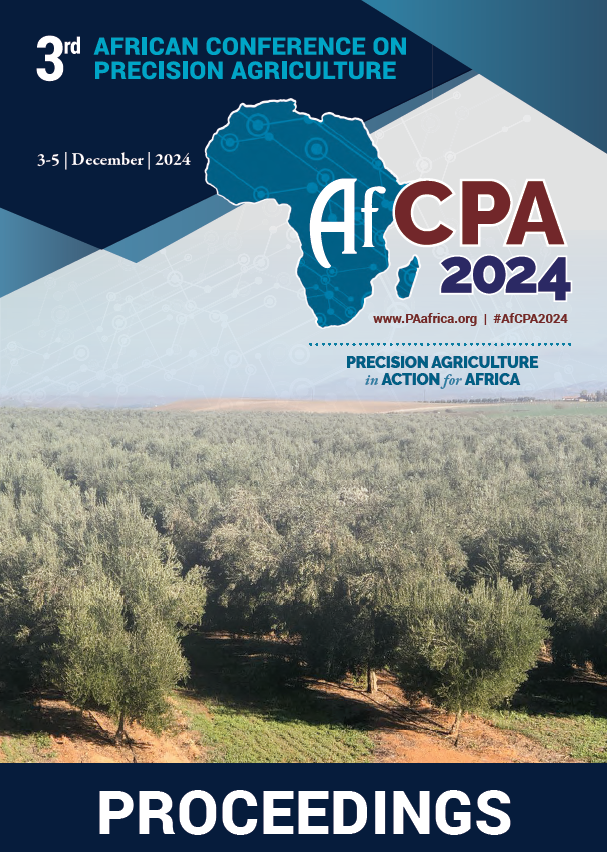Download the Conference Proceedings
Get your copy of the 2024 African Conference on Precision Agriculture Proceedings today! Download the PDF file and view all of the available proceedings.
Proceedings
Authors
| Filter results1 paper(s) found. |
|---|
1. Rice Production System and Major Nutrients Balance Assessment in Rice Cropping in the Irrigated Perimeter of the Zio ValleyKnowledge of cropping systems and farming practices are essential towards improving crop yields. This study aims to characterize rice production systems, analyse fertilization practices and assess the impact of irrigated rice on the balance of major nutrients in Zio valley. The characterization of production systems and fertilization practices were carried out through a survey of a sample of 192 randomly selected producers, i.e. 34% of the total number of farmers in the four (4) villages of the... A. N'gbendema, M.J. Sogbedji, M. Mazinagou |
